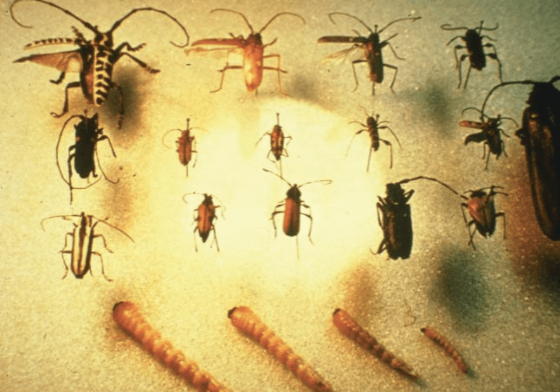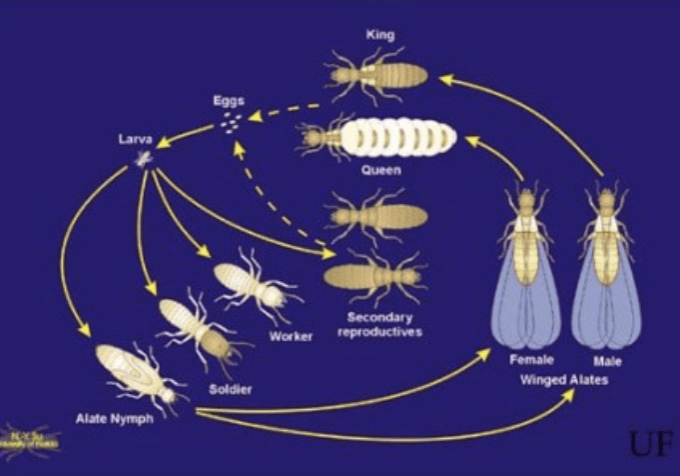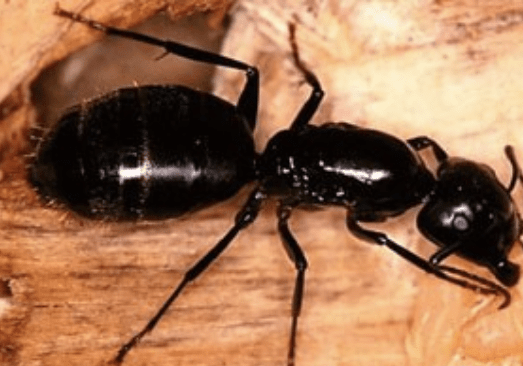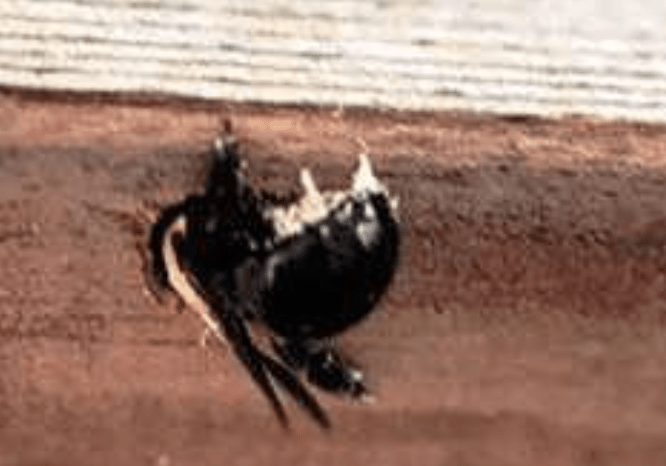Wood Destroying Insect and Termite Inspections
Get Your Home Inspected for Termites
For homebuyers, homeowners, and business owners in Pennsylvania, when it comes to wood destroying insects, the saying “an ounce of prevention is worth a pound of cure” is completely correct. As a property owner, one of the most effective ways to protect your property from insect damage is to periodically schedule a Wood Destroying Insect (WDI) and Termite Inspection.
SPY Inspection Services has a team of professionally trained WDI inspectors who can determine if your home or business is negatively affected by WDI and termites and provide you with a comprehensive WDI report.
Our PA WDI Inspectors
At SPY, our WDI inspectors have over 60 years of combined experience working in the field. When you schedule your termite inspection, our WDI technician will inspect the visually accessible areas of your home, looking for signs of termites, carpenter ants, carpenter bees, and re-infesting wood-boring beetles.
The inspection will concentrate on factors that could lead to infestation or support-hidden infestation, such as:
- firewood and other debris stored against the home
- wood siding contact with the soil
- the grade which does not slope away from the foundation
- wood in basements, crawl spaces, and other parts of the interior
- subfloors and support posts
- door frames, window sills, and window frames
All of SPY’s WDI inspectors use the National Pest Management Association report format NPMA-33 that is recognized by most states and is the preferred report format for FHA, HUD, and VA mortgages.
How Termite Damage Affects Your Home
According to the National Pest Management Association, termites cause over $5 billion in property damage every year – costs that aren’t covered by homeowners’ insurance policies.
How do these pests do so much damage? The following reasons shed some light on this question:
- Termite colonies can be very large, enabling them to do significant damage in a short period of time.
- Termite activity often goes undetected, eating all day — and all night.
- Homeowners often see the damage before they see the termites. Many homeowners don’t even know they have termites until there’s been substantial damage.
If you’re in the market for a new house, it’s wise to have a WDI inspector assess the home before you buy it. After all, you don’t want to learn about a major infestation or find damage after settlement.
We perform termite inspections for homeowners in Philadelphia, Berks, Bucks, Montgomery, Delaware, Chester, and Lehigh counties.
Need Pest Control Services?
When one of our WDI Inspectors determines that your home has a termite or WDI problem, we recommend you call on pest control services. Brickers Termite & Pest Control would be happy to assist you with this potential home or business destroying problem.
Keep an Eye Out for These WDI Insects




Schedule It All With A Single Call…
Contact SPY Inspection Services today to schedule your home or business Termite Inspection. We look forward to exceeding your expectations.
